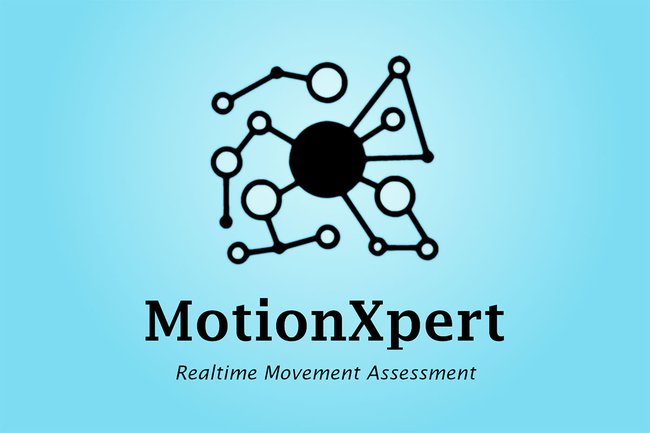Breadcrumbs
- Digital Healthcare
- Projects
- MotionXpert
MotionXpert

Background
Maintaining an adequate active range of motion (ROM) of the upper limb joints in all directions is crucial for successfully completing activities of daily living (ADL) such as eating, dressing, and personal care (Oosterwijk et al., 2018). When restricted ROM interferes with these tasks, individuals may adopt compensatory movement patterns (Adams et al., 2003; Bland et al., 2008), rely on adaptive equipment, or seek assistance from others. Although these approaches may provide temporary relief, they can have long-term consequences including physical, psychological, social, and financial challenges. Compensatory movements, for example, can lead to secondary issues like muscle overuse, soft tissue damage, and joint degeneration (de Groot et al., 2011; Mell et al., 2005). As a result, restoring or maintaining joint ROM is a key focus in rehabilitation programmes.
Overview
Currently, shoulder ROM assessments are often done using subjective methods like eye estimation or tools like goniometers, which can be imprecise and time-consuming (van den Hoorn et al., 2025). MotionXpert addresses these challenges by providing objective, real-time measurements and a reliable method for documenting and tracking shoulder movement over time.
The tool is designed to support accurate shoulder ROM measurements, focusing on the key movement functions of abduction, adduction, flexion, and extension, while addressing the challenges of elder hardware used in clinics, time shortage during assessments, and data protection.
Key Features
Precise Measurement of Shoulder Movements:
- The tool will analyse shoulder movements both in the frontal and sagittal planes, offering a comprehensive view of the shoulder’s range of motion and providing valuable insights into the patient’s condition.
- The tool will measure abduction, adduction, flexion, and extension of the shoulder joint with high accuracy, providing detailed angular data for each movement.
Real-Time Analysis and Calculation:
- The tool will perform real-time analysis and calculation of the movement angles, offering instant feedback during assessments.
Capture of Movement Images:
- The tool will enable the real-time recording of images of the patient’s shoulder movements, which can be stored in the patient’s medical records for further review and tracking.
Addition of Key Information to Examination:
- Healthcare professionals will be able to add notes or important details related to each examination, thus ensuring comprehensive documentation alongside the movement data.
Data Export Capabilities:
- All data including movement angles, notes from healthcare professionals, and images will be exportable to allow for their seamless integration into patient records and to facilitate further analysis or sharing with other medical professionals.
Comparison with Earlier Measurements:
- The tool will provide a feature to compare current assessment results with previous measurements from the same patient, thus enabling healthcare experts to track progress over time and make informed decisions based on previous data.
Resource-Efficient:
- Designed to be lightweight and resource-efficient, this tool will ensure minimal strain on computer processing power, which makes it suitable for use on various systems without compromising performance.
Platform-Independent:
- The only thing required is a computer and any kind of external camera. No fancy and expensive tools or add-ons are required to use the software.
Modular Design for Future Expansions:
- The software will be built using a modular architecture, allowing for easy future updates and enhancements such as incorporating additional movement planes or integrating assessments on other joints.
Objective
This tool is specifically designed for healthcare professionals such as physiotherapists, orthopaedic specialists, and rehabilitation experts who require accurate and reliable assessments of shoulder mobility. By automating the measurement process and reducing the dependency on subjective evaluations, the tool aims to enhance diagnostic accuracy, improve patient outcomes, and streamline the assessment workflow.